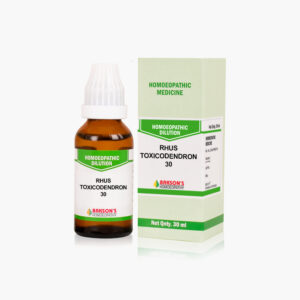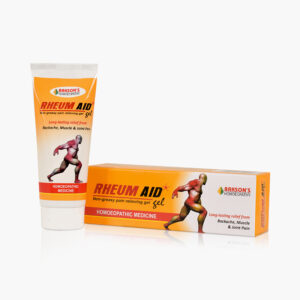What is Joint infection (Septic arthritis)?
Septic arthritis is joint inflammation secondary to an infectious aetiology, usually bacterial, but occasionally fungal, mycobacterial, viral, or other uncommon pathogens. The joint involvement is usually monoarticular affecting one large joint such as the hip or knee, however polyarticular presentation may also be seen.
Septic arthritis may also result from direct injury, puncture wounds, and intra-articular injections. Also, the highly vascularized joint synovium lacks a limiting basement membrane so is prone to infection via hematogenous seeding from systemic infection.
The incidence of septic arthritis is between 2 to 6 cases per 100,000 people and the infection is seen more commonly in children than adults.
Causes
In paediatric age groups, Staphylococcus aureus is the most common bacterial pathogen. The most common overall joint involvement in children is the hip joint. Kingella kingae is the most common gram-negative bacterial cause in children younger than 2 to 3 years. Patients on continued prolonged antibiotic therapy are at a higher risk. Puncture wounds and injection drug use are associated with joint infection due to Pseudomonas aeruginosa.
Risk factors in adults include age older than 80 years, diabetes mellitus, rheumatoid arthritis, recent joint surgery, joint prosthesis, previous intra-articular injection, skin infections and cutaneous ulcers. In young sexually active patients, nontraumatic acute monoarthritis is most frequently caused by Neisseria gonorrhoea. The knee joint is the most commonly affected joint in adults.
Sign and symptoms
Septic arthritis classically presents with acute onset monoarticular (involving one joint) joint pain, fever, swelling, and a reluctance or refusal to move the affected joint. Lower extremity joints (hips, knees, and ankles) are affected in most cases of septic arthritis, with the knee being the most commonly affected joint in adults and hip joint in children. On physical examination, findings like dermatitis, tenosynovitis, non-erosive arthritis and a migratory pattern of arthritis is seen.
Diagnosis
The evaluation of suspected septic arthritis includes arthrocentesis with synovial fluid analysis, Laboratory studies like complete blood count, an erythrocyte sedimentation rate (ESR), C-reactive protein (CRP), and blood cultures and Imaging studies like plain radiographs are advised.
General management
Appropriate medications must be recommended by the treating physician after a thorough examination. Immobilization of the joint is not needed after 2-3 days. Aggressive physical therapy is necessary to restore joint function and prevent muscle atrophy.
Warning: Above information provided is an overview of the disease, we strongly recommend a doctor’s consultation to prevent further advancement of disease and/or development of complications.
Disclaimer: The information provided herein on request, is not to be taken as a replacement for medical advice or diagnosis or treatment of any medical condition. DO NOT SELF MEDICATE. PLEASE CONSULT YOUR PHYSICIAN FOR PROPER DIAGNOSIS AND PRESCRIPTION.



 Login
Login















